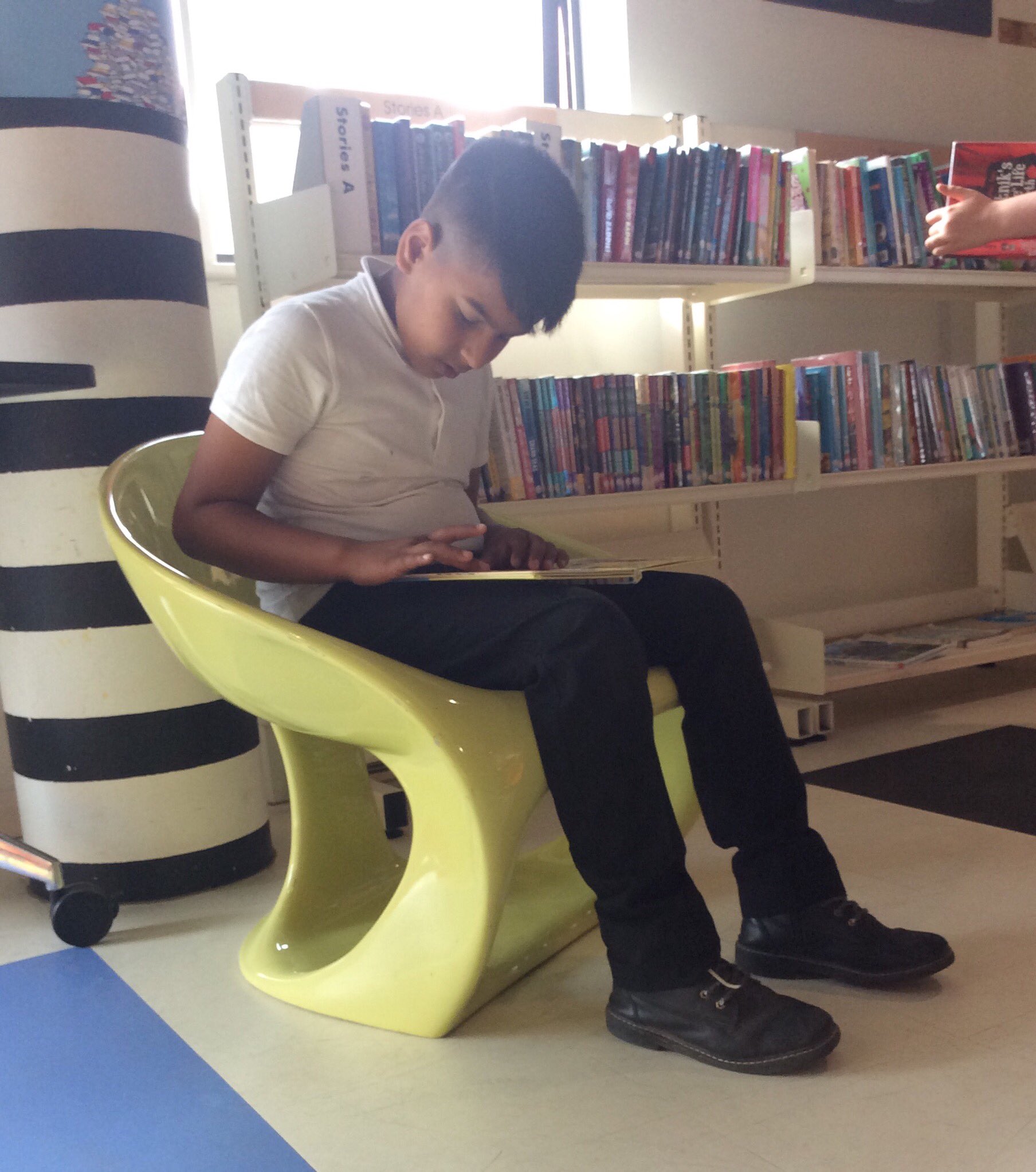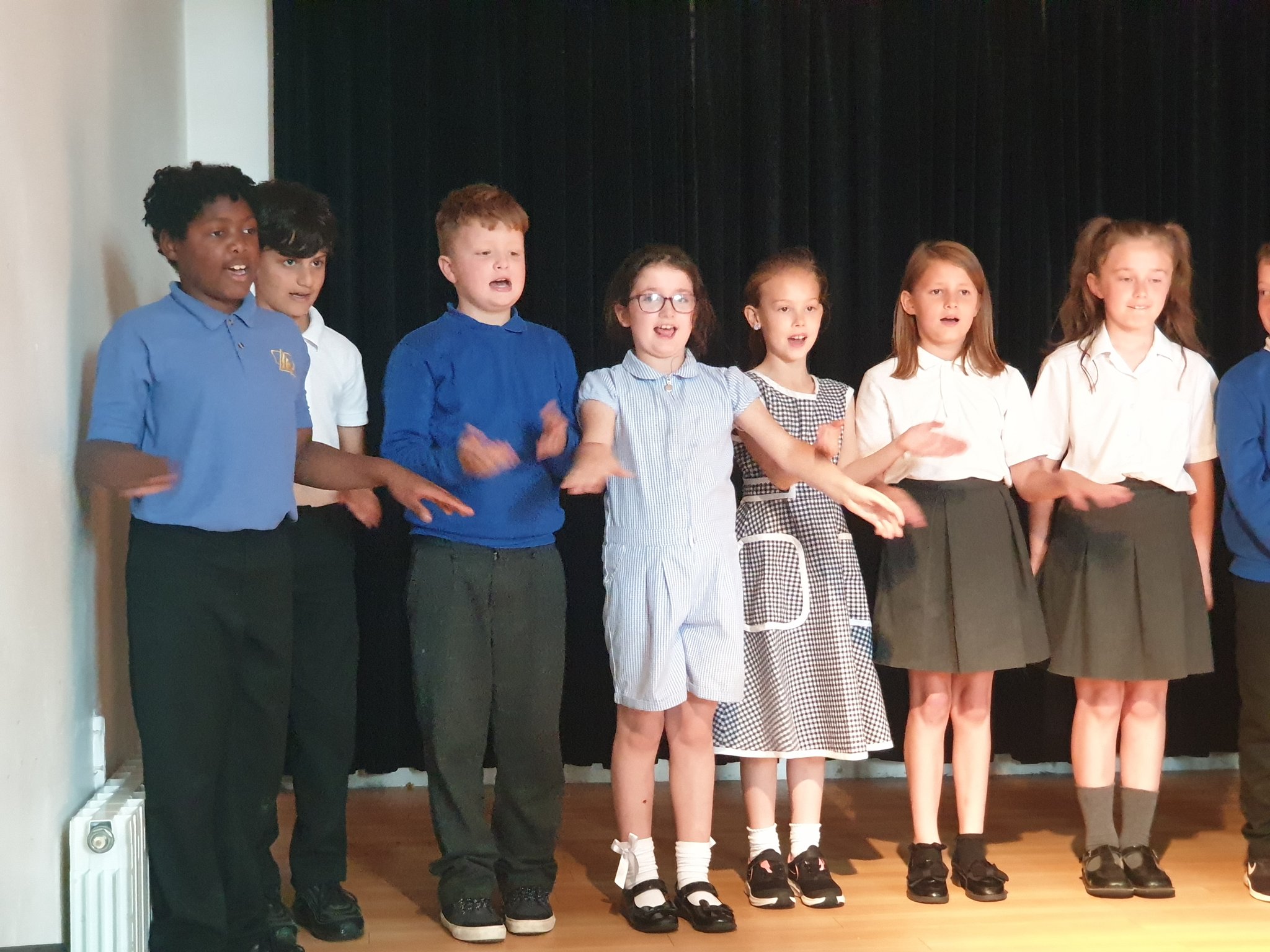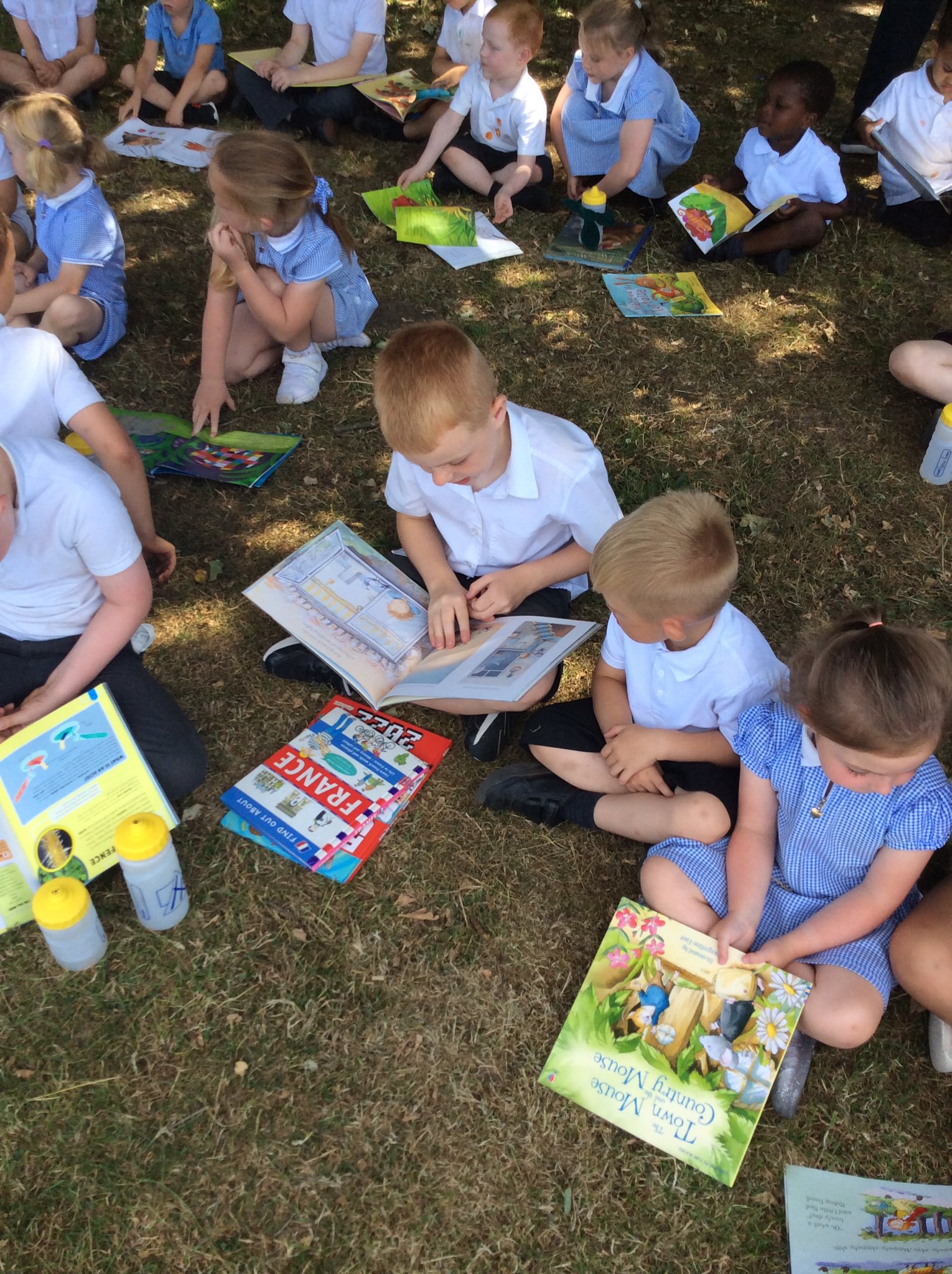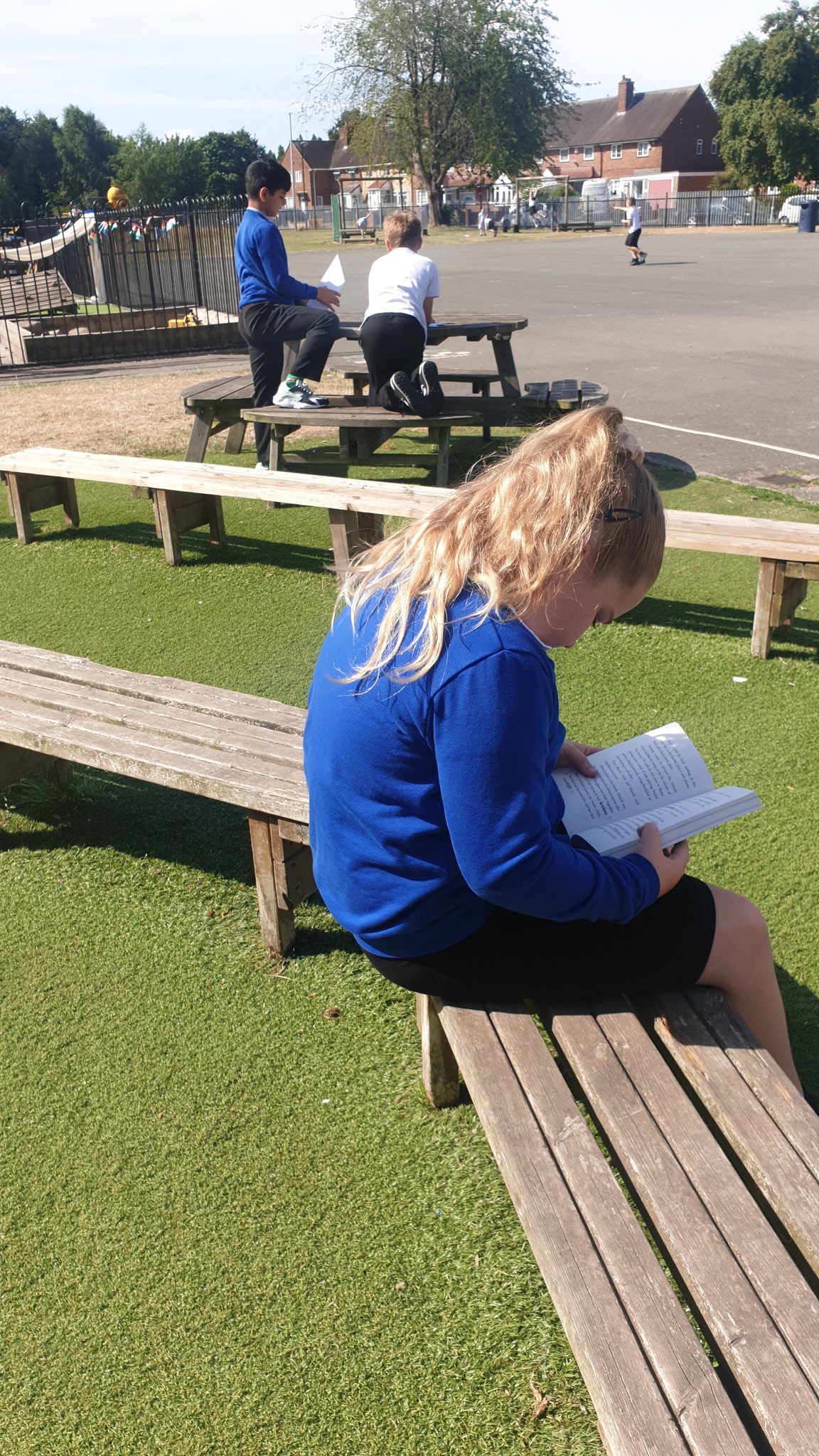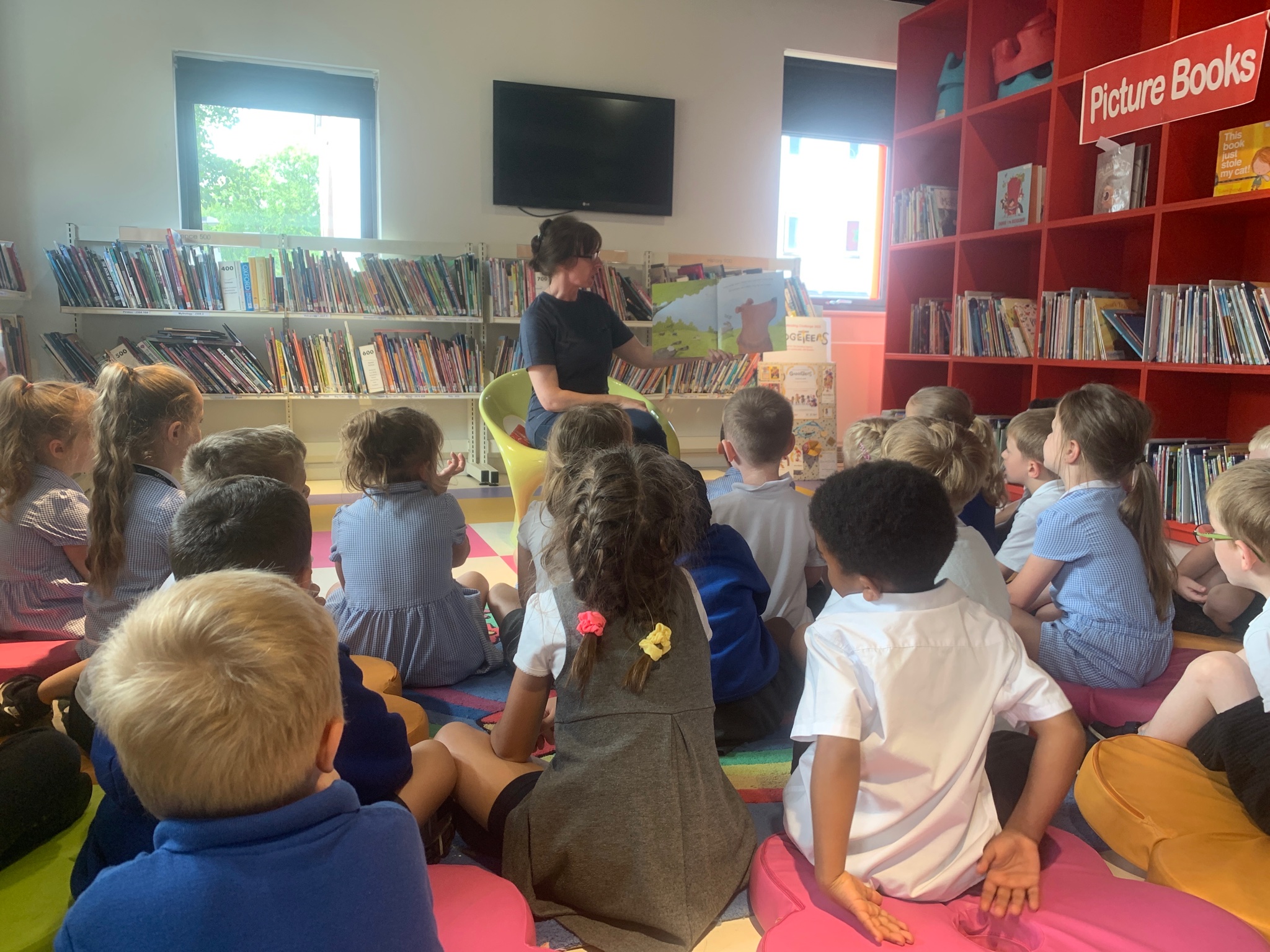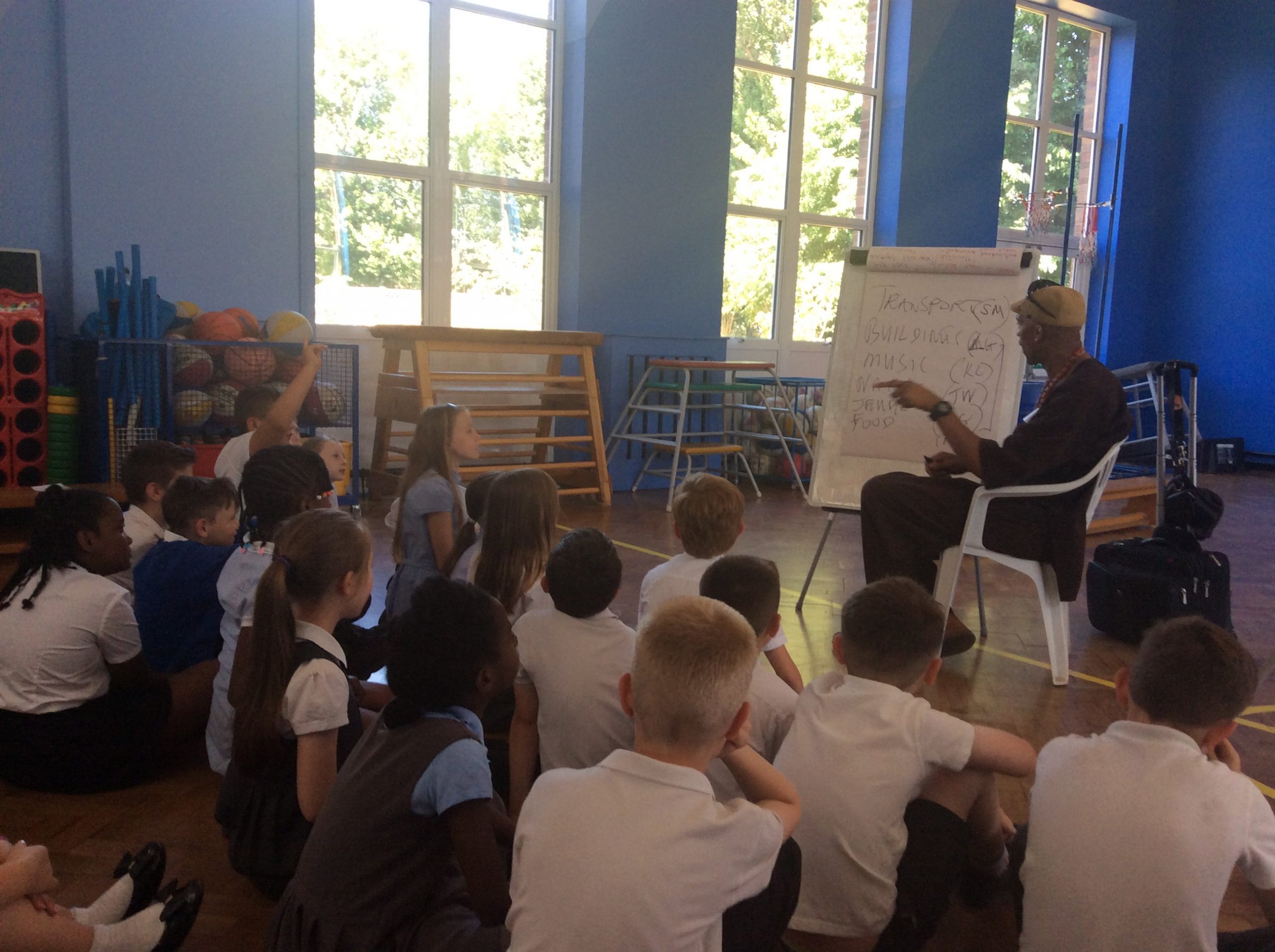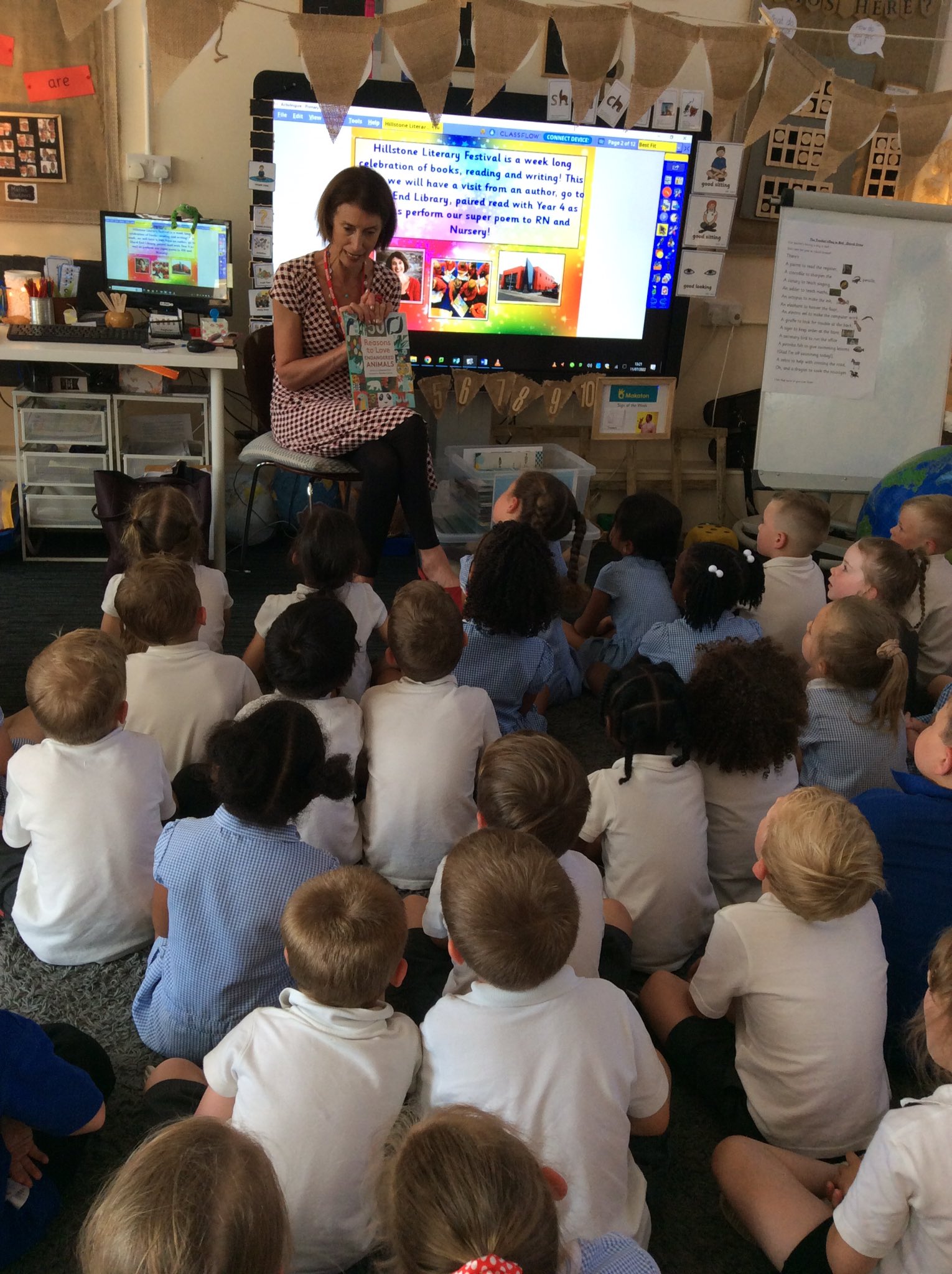Reading at Hillstone
Our aim is for children to leave Hillstone as fluent readers with good comprehension skills and a love of reading, and also an awareness of their own reading preferences. We know that reading is crucial for allowing our pupils to access and enjoy a wide range of opportunities in school and in life, but of course, we also focus on the sheer joy of reading and the inherent pleasures it brings. In fact, these two areas are connected: we value reading and books highly and constantly expose children to quality texts, thus helping them have positive attitudes about reading.
Children’s reading provision obviously differs across the school, but there are some common elements throughout Hillstone.
How it works
Whilst your child is learning to read via RW Inc, they will bring home two other books with them. One of these is a small RW Inc book. This book is one your child will have read in school several times before they bring it home. Asking them to read it to you gives them a chance to showcase their reading skills, including sounding out and blending words where needed, and is an important part of building their fluency. They can show how much they understand if you ask them the comprehension questions found at the back of the book. These books are specifically produced to be used at home so do look out for the little bits in italics as these give useful tips and advice.
The other book will be a glossy-covered book that your child will not have read in school, but which is well-matched to their reading learning and phonics knowledge. For this book, do not expect them to read this with as much fluency as the book that they have already read in school. They may need some help at times with their reading (see guidance inside the book to help with this). If they read it more than once at home, this will be really beneficial for their reading fluency.
Early Years
Reading in EYFS
We build a real love of stories in our youngest children by reading to them regularly. Some books will be integral to the learning we are focusing on – a picture book can offer a great way for younger children to learn about all sorts of important concepts and knowledge. Other books they enjoy will come from our reading spine, where we have specified books we guarantee our children will have read to them – these are books that will be re-read several times. This allows them to become really familiar with these books, such that they can join in with parts of them and anticipate events. It also helps them start to be able to talk about which books they prefer, and perhaps why.
We value the role that you play in this by sharing stories and books at home, perhaps as part of their daily routine – many families find that books before bed works well. We model how books should be handled carefully and correctly, including how to hold them and how to turn the pages. Please do let them practise this at home too.
How it works
This love for books and understanding of how to handle them are both crucial foundations to put in place before children start to learn to read words and sentences themselves. One other crucial area we work on is their listening skills as these are crucial for acquiring phonics knowledge.
In Nursery, your child will be introduced to letters and the sounds they make, using the excellent RW Inc Phonics scheme. This learning continues into Reception, where your child will benefit from working in a small group with other children of a similar ability. For more information on this scheme, please do talk to your child’s class teacher or visit the website: RW Inc for parents guide.
Your child will bring home library books throughout EYFS for you to share with them. Generally, these will be books they cannot read themselves, so we would love you to read them to them and talk about them together.
There will also then be books for them to read to you once they are ready – but the very first ones of these that you receive may be wordless and this is deliberate! We’ll tell you more about this when it is time.
When they bring home a small, soft-cover RW Inc book, this is their chance to show you what they have been practising at school. It is a book they have already read a few times, but reading it again at home is great for their fluency and confidence.
KS1
Reading in KS1
Children continue to learn to read via daily RW Inc Phonics in small groups. These sessions allow them to gradually read more complex texts as well as developing their comprehension skills.
When they have completed the phonics programme, they will have daily English lessons which offer a careful mix of reading and writing and continue using many of the activities and approaches that the children are familiar with.
Once a week, they will also have a reading lesson with their whole class, which is a time to really develop a range of other reading skills and to share a text linked to their current topic.
How it works
Your child will bring home a library book – sometimes this will be a book they can read themselves, but often it will be one that they would love you to read to them.
Whilst your child is learning to read via RW Inc, they will bring home soft-covered RW Inc books to read to you. These are texts they have read and practised in school, but reading them to you at home is super for their confidence and fluency – and it shows you what they are capable of. Once they have completed the RW Inc program, our KS1 children then move onto bringing home a book from the relevant stage of the excellent Oxford Reading Tree scheme. We do have dedicated time in school to read their reading book, but we do expect children to read at home at least three times a week.
Every child who reads at least three times in a week at home (and has this recorded in their learning diary) is in with the chance of being their class’ ‘Rocket Reader’ that week and winning a special book as a prize.
KS2
Reading in KS2
Most children move into KS2 having completed the RW Inc phonics program, but some children may benefit from additional phonics-focused sessions and we, of course, provide these.
Having said that, all children continue to use and apply their phonics knowledge when reading. Reading is taught several times a week in classes, using a range of engaging and appropriate texts, which typically link to the child’s current topic.
All the fiction books used in reading lessons are taken from our reading spine, which ensures a careful progression in the difficulty of texts, and that children read a good range of books. Children continue to learn to read the actual text on the page, whilst also developing a range of other reading skills.
How it works
Children will bring home an Accelerated Reader book – this is what we use for our home reader books in KS2. Although we do dedicate time in school to reading these, we do expect children to read them at home as well, please. As a minimum, we ask for 3 reading sessions of ten minutes a week, but more would be great!
Each time a child finishes their book, they complete an online quiz in school about it (on the Accelerated Reader website) and if they pass the quiz, they are awarded with points. They should make a note of their quiz results in their learning diary as well as noting down when they meet their target. You can find out more about Accelerated Reader here: Accelerated Reader guide.
The books in Accelerated Reader are carefully levelled. Teachers advise children on a range of book levels to choose from, taking into account their knowledge of the child’s reading ability, the child’s recent results from Accelerated Reader quizzes and end-of-year expectations. Below, you can see the minimum Accelerated Reader book level we would want a child to be on at the end of a given academic year to be classed as working at the appropriate level:
- Year 3: 3.5
- Year 4: 4.2
- Year 5: 5.1
- Year 6: 5.9
For all
Reading for all
Some children are identified as having special educational needs (SEN) in reading. For many such children, their main reading learning takes part in a group which is carefully matched to their current attainment; this is the case for those accessing the RW Inc programme.
Other children will have their needs catered for within whole class reading groups, perhaps via a simplified text, pre-tutoring (where the child is given some teaching time prior to the lesson) or additional support (which could include some or all of the text being read to them).
For all children, the reading book(s) which they bring home will be matched to their current attainment and plenty of practice reading it/them will really benefit their reading progression. Your child’s class teacher may also suggest other activities you can do at home to help your child progress well in reading.
Other children are identified as being gifted and talented (G&T) in reading. In reading lessons, their class teacher will ensure they are suitably challenged, perhaps via asking them to answer more challenging questions or by expecting more nuanced and developed answers. In addition, their home reading book will reflect their ability and be a key way to ensure they continue to excel in this area of the curriculum.
Reading Spine
Reading Spine
We have built a reading spine for our school to ensure our children enjoy a varied and rich literary diet during their time at Hillstone. We want them to experience a wide range of books so that they hear lots of different types of stories and ones which have characters that reflect the true diversity of our society. As well as this, we know exposing them to quality books by many different authors will help them develop their own reading preferences.
Although the books are varied and diverse, there are also plenty of deliberate opportunities for teachers and children to make links between books they have read, which we know is good for their learning. For instance, they will meet some authors several times, allowing them to compare and contrast their different books. Also, many of the books will link to the children’s current project and thus support that learning, and there will also be links between books in terms of themes and characters.
Reading spine documents
Most of the books on the reading spine are those that will be read aloud to the children during their daily story-time. However, in KS2, the reading spines also contain key fiction texts that will be used in whole class reading lessons. After each title, you will see a number in brackets: this is the book level of that book (as determined by our Accelerated Reader system) and shows the difficulty of the text. You will notice that there is clear progression in difficulty both within, and across, the year groups.

